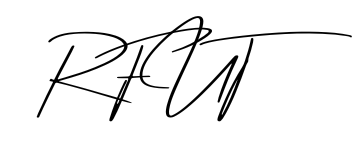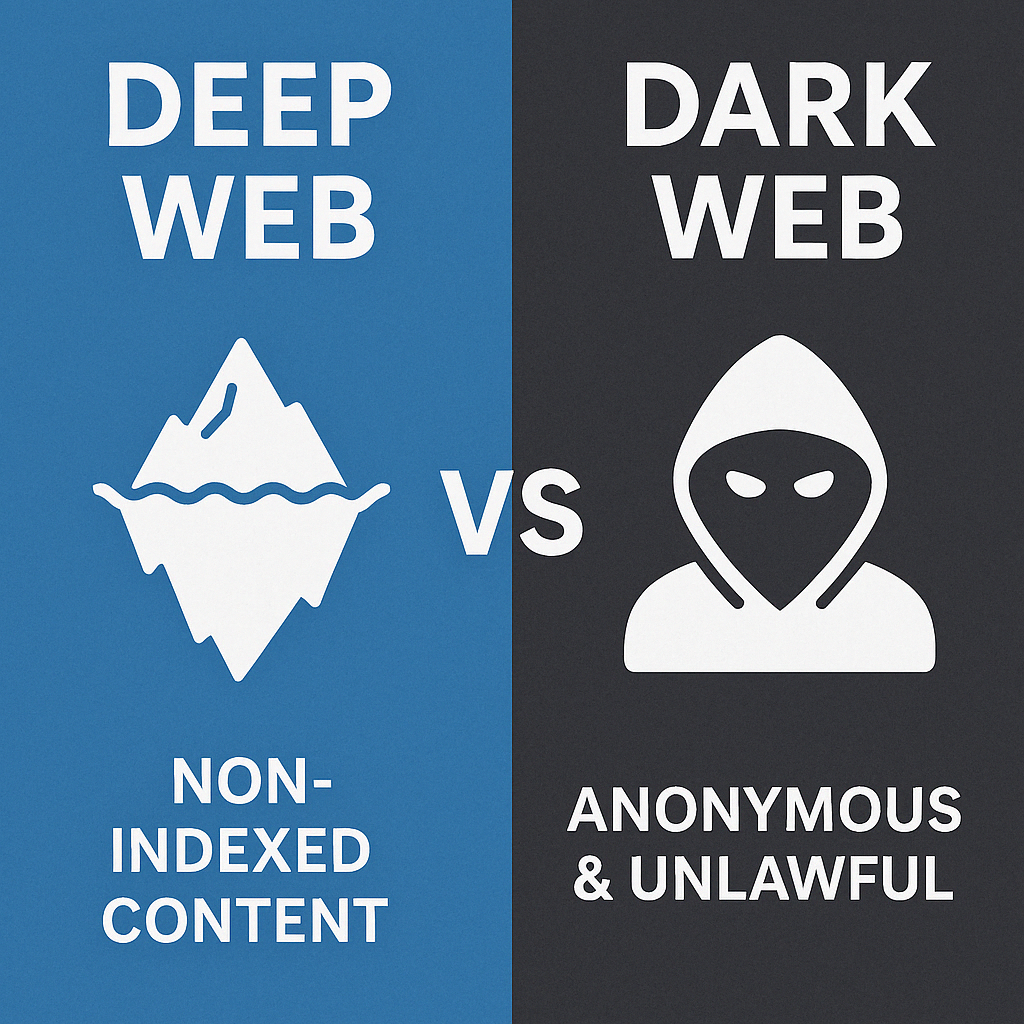In today’s digital age, the internet is often categorized into three layers: the surface web, the deep web, and the dark web. While most users interact with the surface web daily, the deep and dark webs remain hidden for many. This article gives an idea about the Deep web vs Dark web and guides how to access them securely.
Understanding the Deep Web
The deep web encompasses all online content that is not indexed by traditional search engines like Google or Bing. This includes:
- Private databases
- Email accounts
- Medical records
- Subscription-based services
- Password-protected websites
Essentially, the deep web consists of information that requires specific credentials or permissions to access. It’s a vast portion of the internet, often mistaken for the dark web due to its inaccessibility through standard search engines.
Exploring the Dark Web
The dark web is a subset of the deep web, intentionally hidden and accessible only through specialized tools. It utilizes encryption and anonymity protocols to conceal users’ identities and activities. While it has garnered a reputation for hosting illicit activities, such as illegal marketplaces and forums, it also serves as a platform for privacy advocates, journalists, and individuals in oppressive regimes seeking secure communication channels.
What Is the Deep Web & How Do You Access It?
The deep web is just the part of the internet that isn’t indexed by search engines. Think of it like this: if the regular websites you Google are the tip of the iceberg, the deep web is everything underneath the surface — stuff you can’t just stumble upon unless you’re supposed to be there.
It includes:
- Your email inbox
- Online banking portals
- Private databases and medical records
- School intranets or internal company websites
- Paid/subscription-based content (like articles behind paywalls)
Do You Need Special Tools to Access It?
Not at all. You access the deep web every day without realizing it — every time you log into Netflix, check your Gmail, or manage your credit card account. These pages aren’t searchable by Google for a reason: they’re meant to be private and secure.
So, no shady tools are required — just your browser, the right login credentials, and maybe a good VPN for privacy.
How to Access the Dark Web Safely
Accessing the dark web requires more caution due to its anonymity features and potential risks. Here’s a step-by-step guide:
1. Use the Tor Browser
The Tor Browser is the most common tool for accessing the dark web. It routes your internet traffic through multiple layers of encryption, ensuring anonymity. Always download it from the official Tor Project website to avoid malicious versions.
2. Employ a VPN
While Tor provides anonymity, combining it with a VPN adds a layer of security. This practice, known as “Tor over VPN,” hides your Tor usage from your Internet Service Provider (ISP) and adds encryption to your connection.
3. Consider Using Tails OS
Tails is a live operating system that you can start on almost any computer from a USB stick or DVD. It helps preserve your anonymity and privacy by leaving no trace unless explicitly asked.
4. Disable JavaScript and Plugins
JavaScript and browser plugins can be exploited to reveal your identity or compromise your system. It’s advisable to disable them when using the Tor Browser
5. Avoid Downloading Files
Files downloaded from the dark web can contain malware. It’s best to avoid downloading files unless necessary and only from trusted sources.
6. Verify .onion Sites
Websites on the dark web use the “.onion” domain. Due to the prevalence of phishing sites, it’s crucial to verify the authenticity of these sites before interacting with them.
Legal and Ethical Considerations
While accessing the dark web is legal in many countries, engaging in illegal activities remains unlawful. Activities such as purchasing illegal substances, engaging in cybercrime, or accessing prohibited content are illegal and punishable by law. Always ensure that your actions on the dark web comply with the legal frameworks of your jurisdiction.
Conclusion
The deep and dark web offer unique opportunities for privacy and anonymity. While the deep web houses everyday services and information, the dark web provides a platform for secure communication and, unfortunately, illicit activities. By understanding the distinctions and following safety protocols, you can navigate these layers of the internet responsibly and securely.

